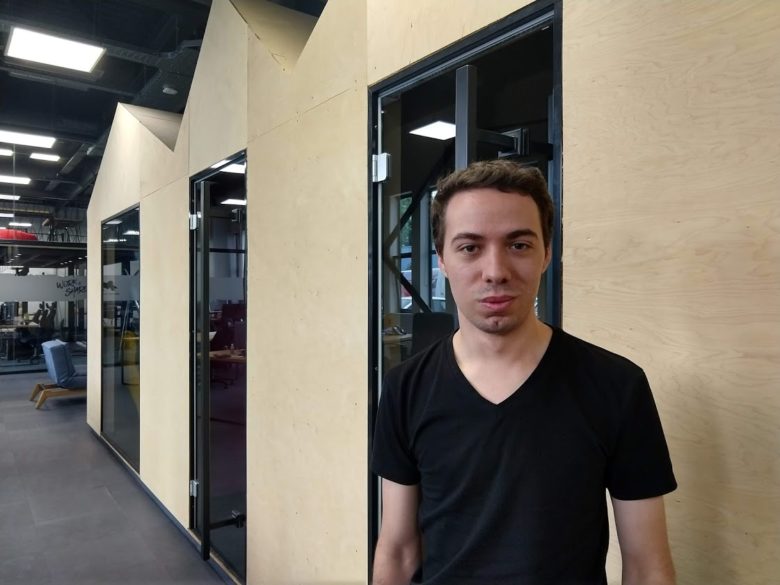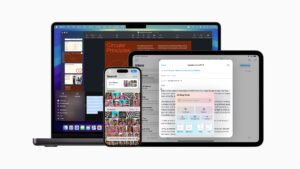AdEx: The First Bulgarian Product That Results From A Successful Million ICO

“The reasons why we choose to do it [launching an ICO], was that we already had the connections, it was the right moment and we had a very bad experience from VC funding”, explains Ivo Georgiev, CEO of the decentralized advertising platform AdEx.
It all started with a different idea. In 2015, Georgiev founded Stremio, a service that combines video content from different sources. After a few years of bootstrapping the company was able to secure funding from the China-based Bitmain, the world’s largest designer that produces chips (ASIC) for bitcoin mining. This was the moment the team had its first touch to the crypto world. But they stumble upon an issue. “The only way to monetize the streaming service of Stremio was through advertising,” says Georgiev.
The company started looking through different networks, but they all got a large percentage of what an advertiser pays. At the same time, there was no transparency, no track record and at the end, the providers even try to scam them, by giving false data. At that point, the team combined their disappointment with their knowledge about the crypto world and decided to build their own solution. So the idea of AdEx was born.
Two years after their Initial Coin Offering (ICO), one beta behind and a lot of lessons learned, AdEx is launching their new platform.
Raising $10M for eight hours
The first announcement of AdEx was made in December 2016, which according to Georgiev put them among the first three companies that were introducing advertisement on the blockchain. It all happened with the support of Bitmain, who has introduced them to the ICO concept. As the team was already into the crypto philosophy it was their next logical step to raise capital. In mid-2017, AdEx was able to prepare for an ICO. It took them two mounts of intensive preparation, which resulted in reaching their hard cap of $10M in only eight hours.
The whole budget of the ICO was between $15-30K (the big gap is because all the payments were in crypto, which is highly volatile), which was quite a little budget, as “by the end of 2017 there were ICOs that took millions to be launched,” clarifies Georgiev.
Currently, AdEx and Stremio are sharing their developers through a third venture, called Smart Code. The extended team of Smart Code has 15 people, ten of whom are working full-time on AdEx. Half of the team is technical, the other one is communications and biz devs. The company has remote team members from the Netherlands, Nigeria, and Gibraltar and is aiming to attract five new talents by the end of the year.
Saving up to 50% of the advertising budget
AdEx is a trust-minimized solution for digital advertising, that grants transparency reporting to all of the involved sides. Build on Ethereum blockchain, the platform connects publishers and advertisers without intermediaries on a decentralized ad exchange. One of the characteristics that outline AdEx is that they do not store users’ data, without taking the opportunity of the advertisers to target their audience.
When it comes to advertisers, AdEx’s unique selling point (USP) is that their solution removes the middleman and saves up to 50% of the budget spend on advertising. It is the same with publishers, who might earn twice as much. The payments are transferred through the Ethereum network, using the DAI stable coin. Every impression triggers a microtransaction, which provides high transparency and the safety that if a transaction happened you would get your money. This way advertisers and publishers have a clear view of the transaction history at every moment. On the other hand, micropayments provide liquidity, meaning that the publisher can access all the funds that were generated, without any threshold.
While publishers and advertisers are saving money, validators are earning fees, which is equivalent to the transaction fee in Ethereum. The validators’ fee will be around 5-6%. AdEx would have a validator in every channel, which will collect fees around 2-3% of the transactions volume.
AdEx is aiming to get at least 1% of the whole digital advertisement market, which for 2018 has a volume of around $100B (60% of which is now taken by Google and Facebook).
Targeting the crypto industry and adult content
AdEx is targeting advertisers in the crypto industry. In the future, the company is also looking into the adult content like betting, porn and other publishers and advertisers that were dropped out of Facebook and Google. Georgiev amplifies that “there are many businesses that have a good reputation, but don’t have access to ad-networks with a good reputation”.
Тhe company launched its new platform giving grants to ten selected projects, including Nexo, FunFair, AirSwap that can test and advertise on the platform. The platform has publishers based in Bulgaria, The US and India.
The targeting is done by the so-called contextual targeting, meaning that advertisement that pops up is based on the context of the open page in the browser. In the future, the company is planning to launch behavioral targeting that stores data only on the user’s browser.
AdEx aims to make public sign-ups available in the following month, but the team is also encouraging publishers who want to test their network to apply for the private beta.
By the end off the year, the team is planning to launch the staking mechanism, which will allow users to become validators making the network more stable and secure. The minimum stake would be around 1000$ of value in ADX tokens. AdEx is planning to onboard thousands of advertisers and publishers and at least ten of each to be of a larger size.
Read Also:
+++CryptoAPIs: Moving On From An ICO Platform To A More Sustainable Blockchain Business+++





























